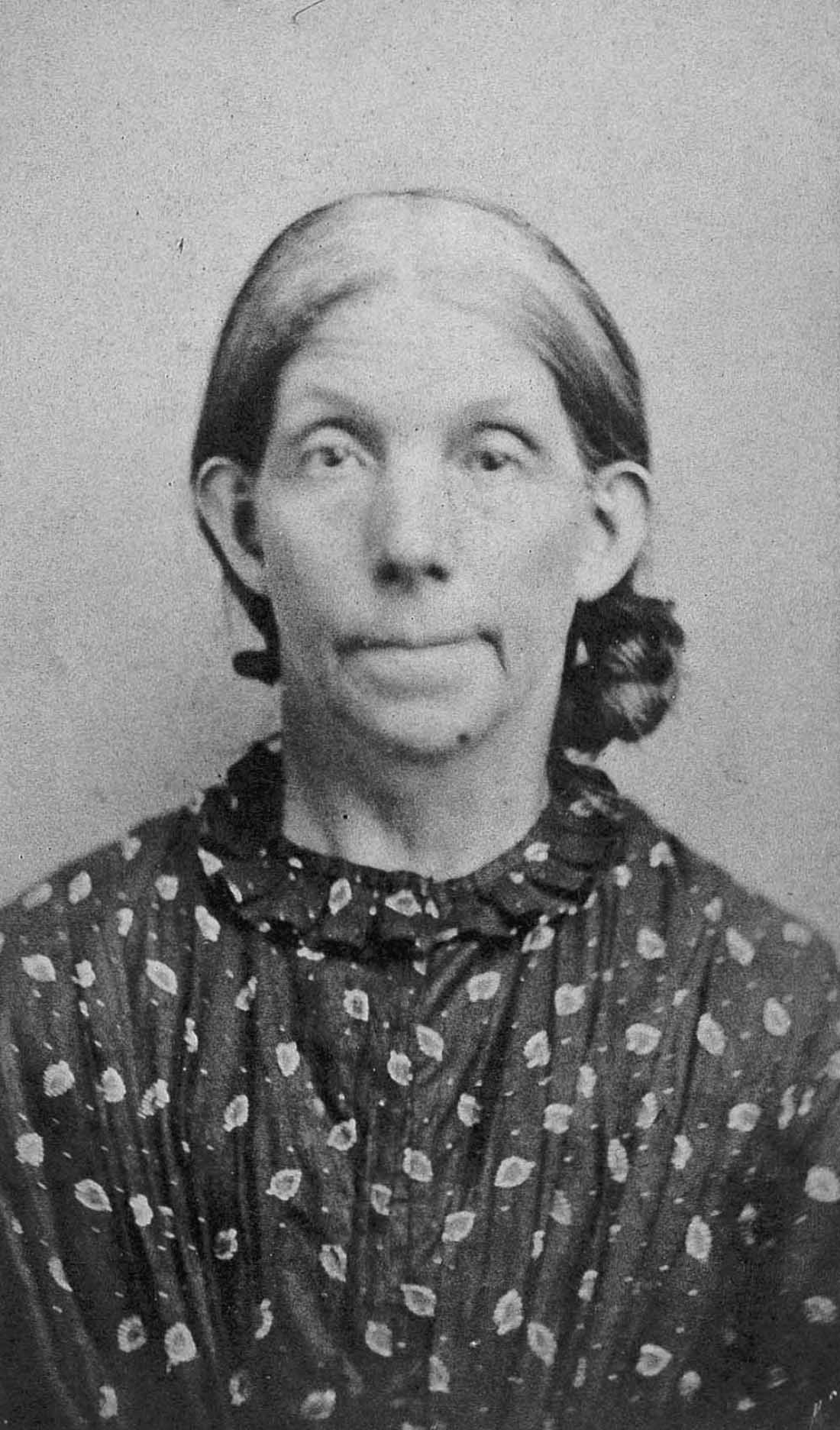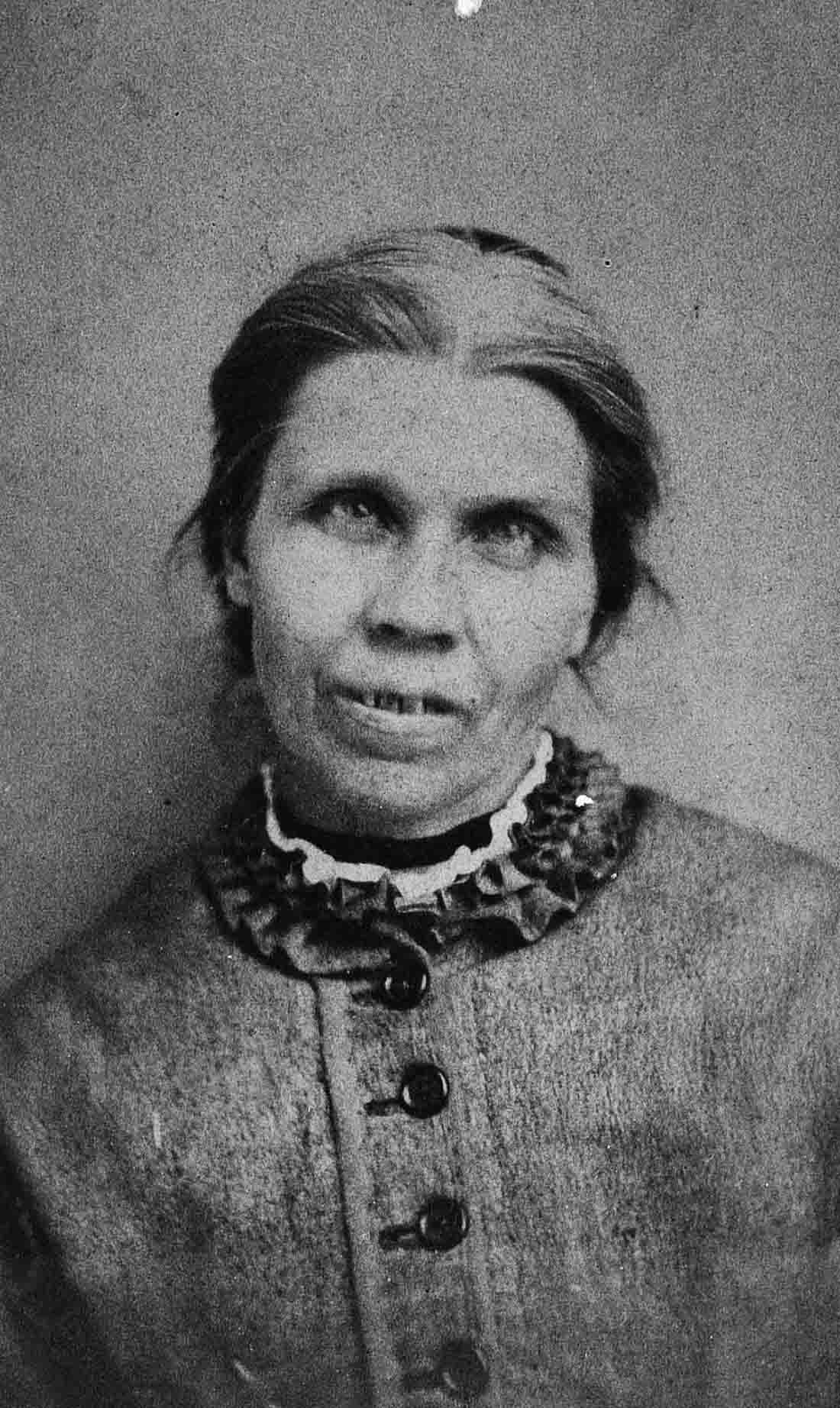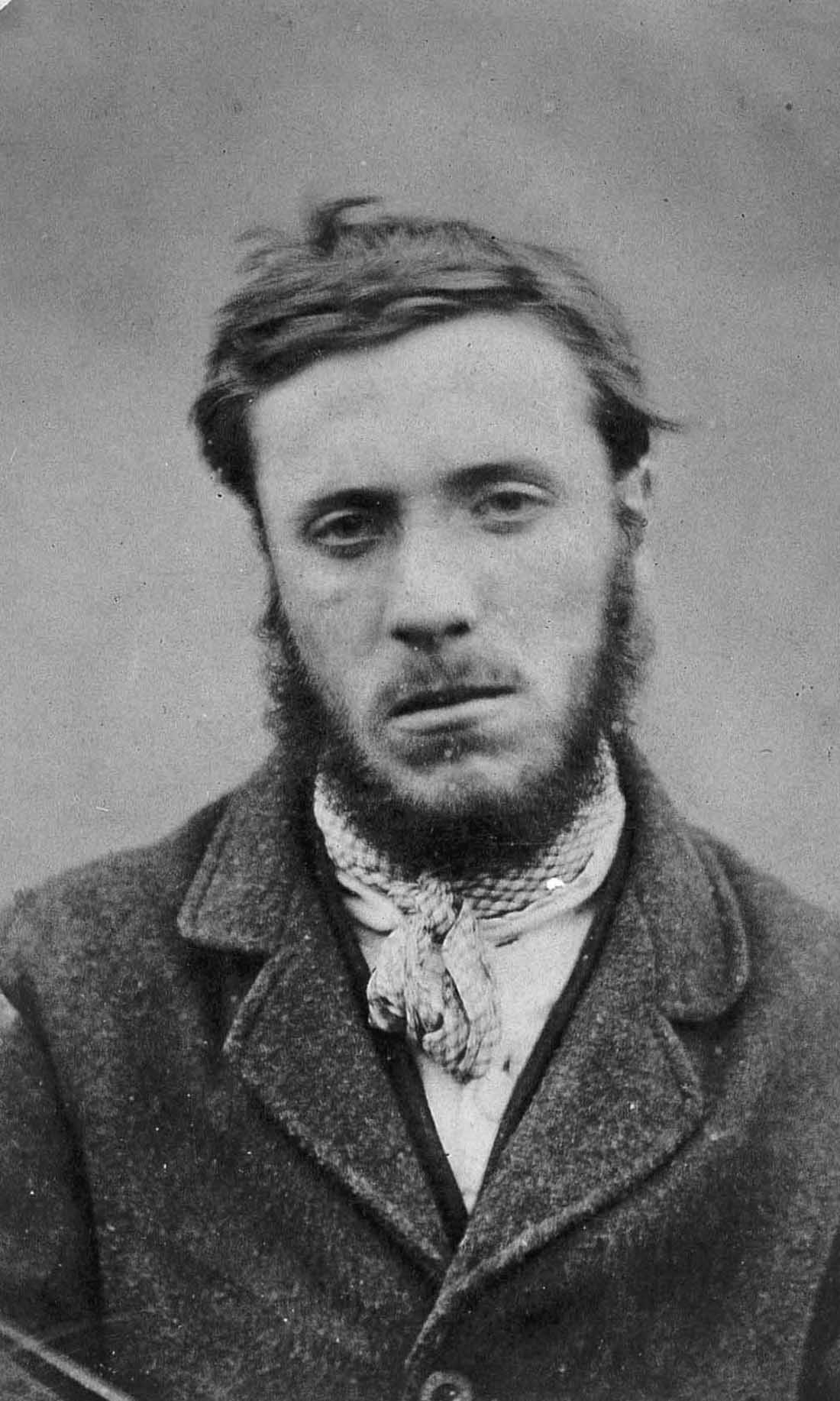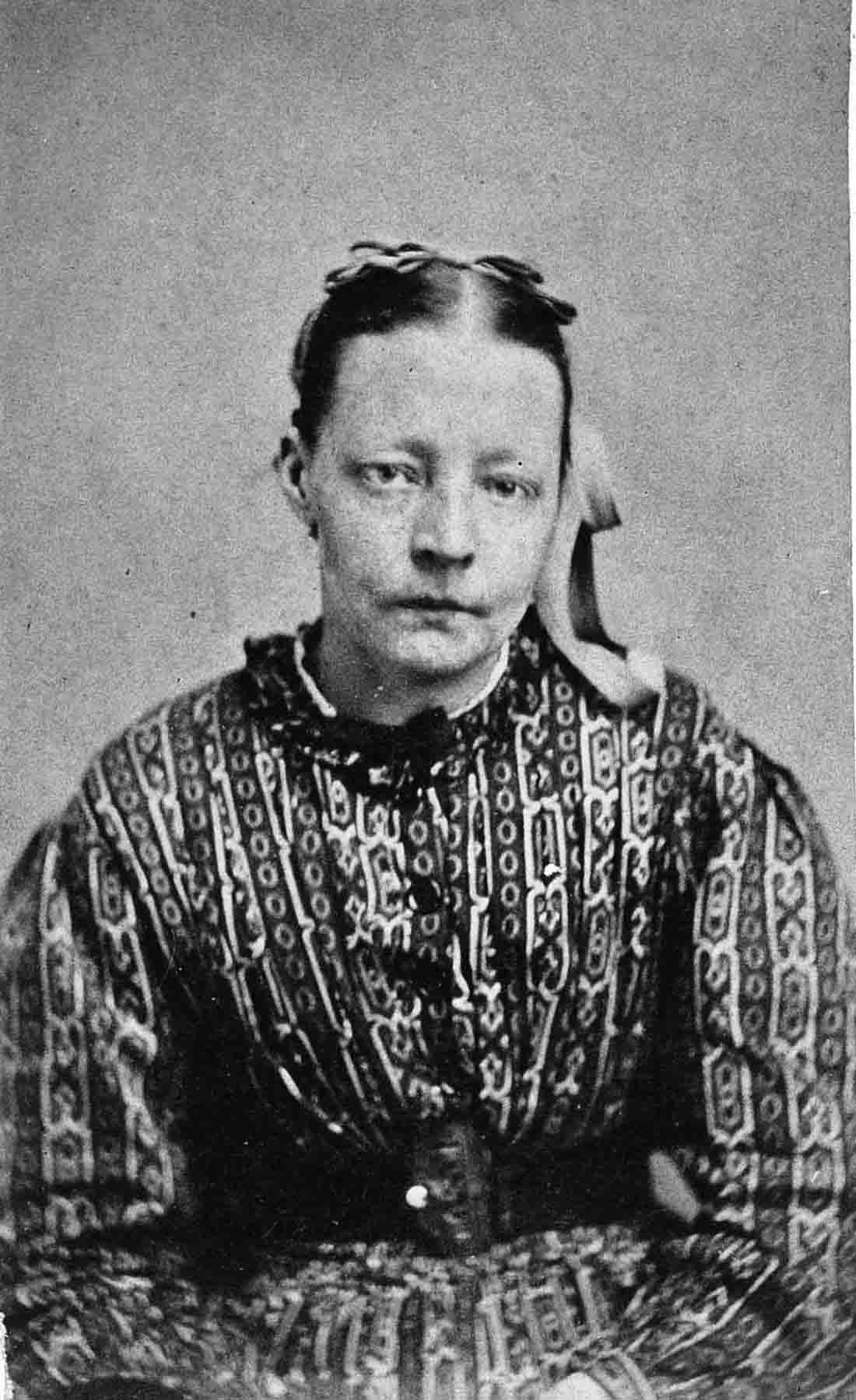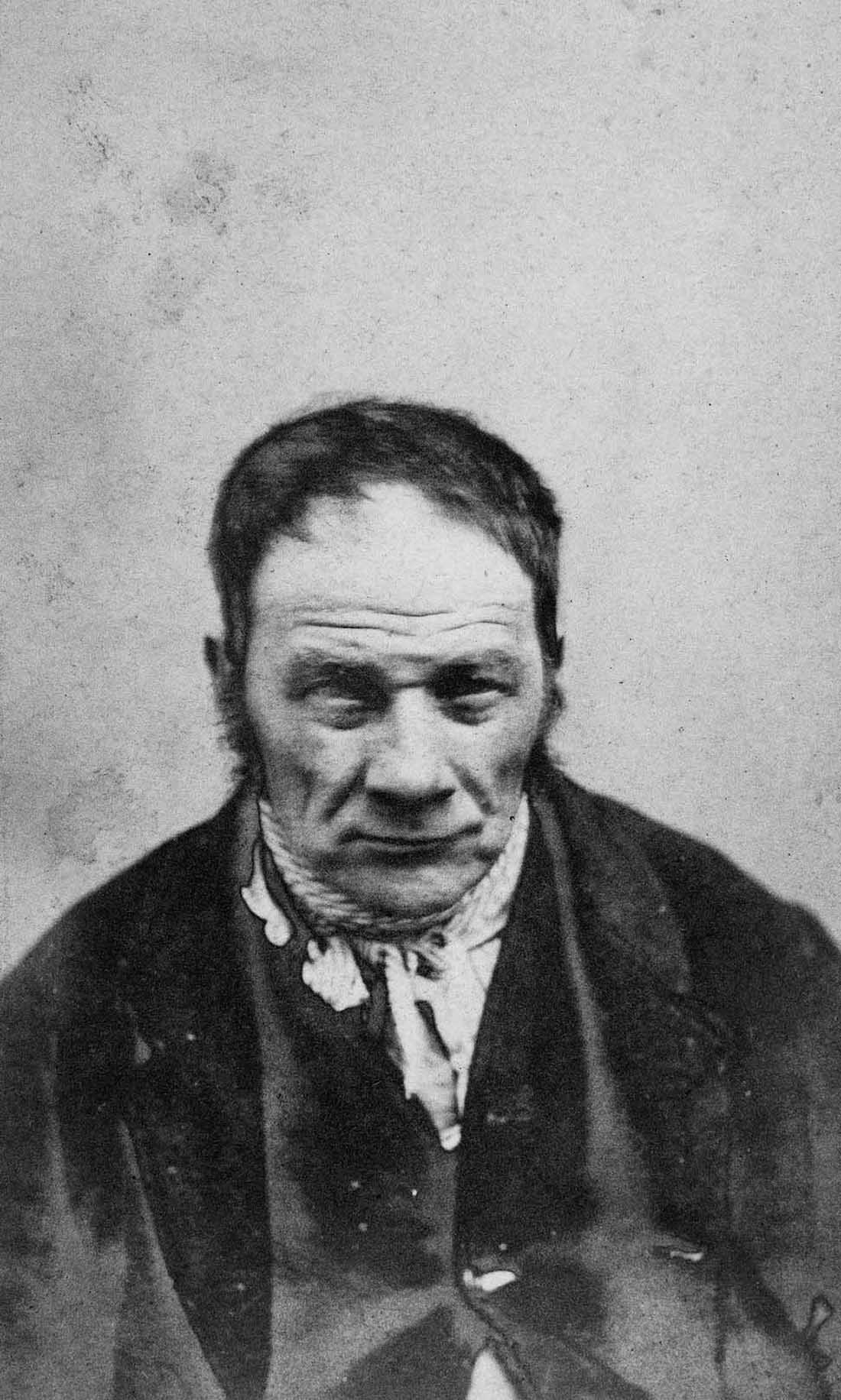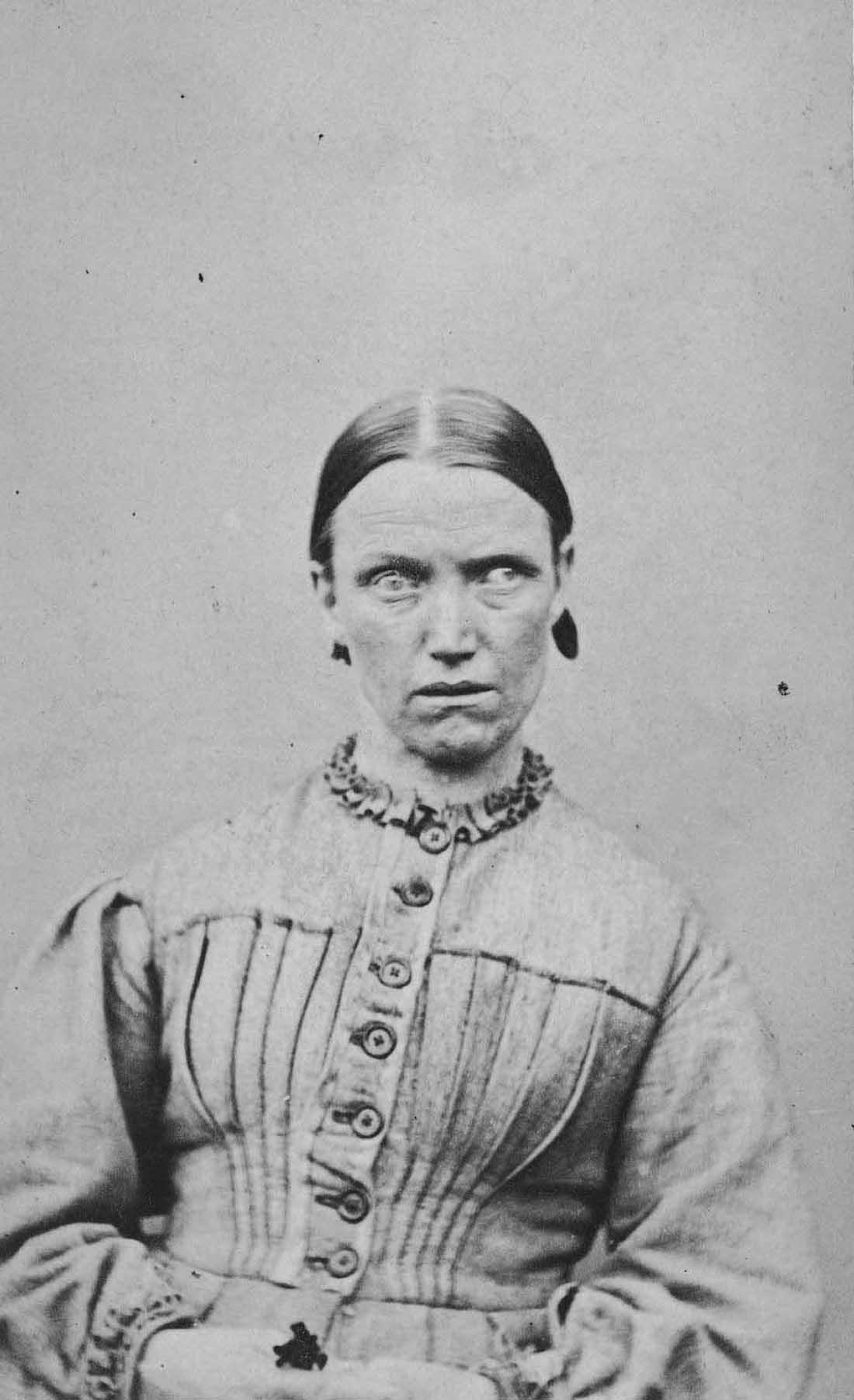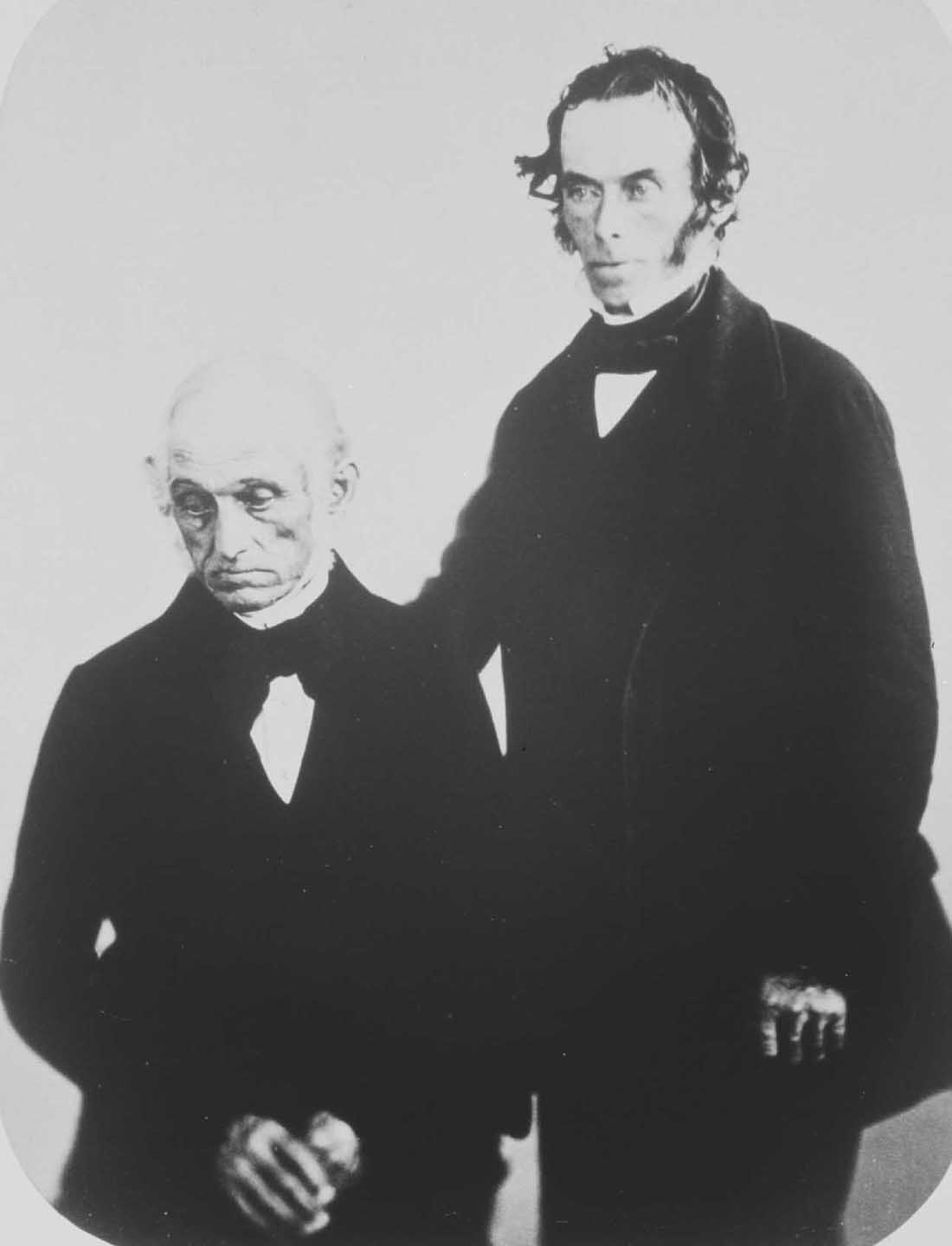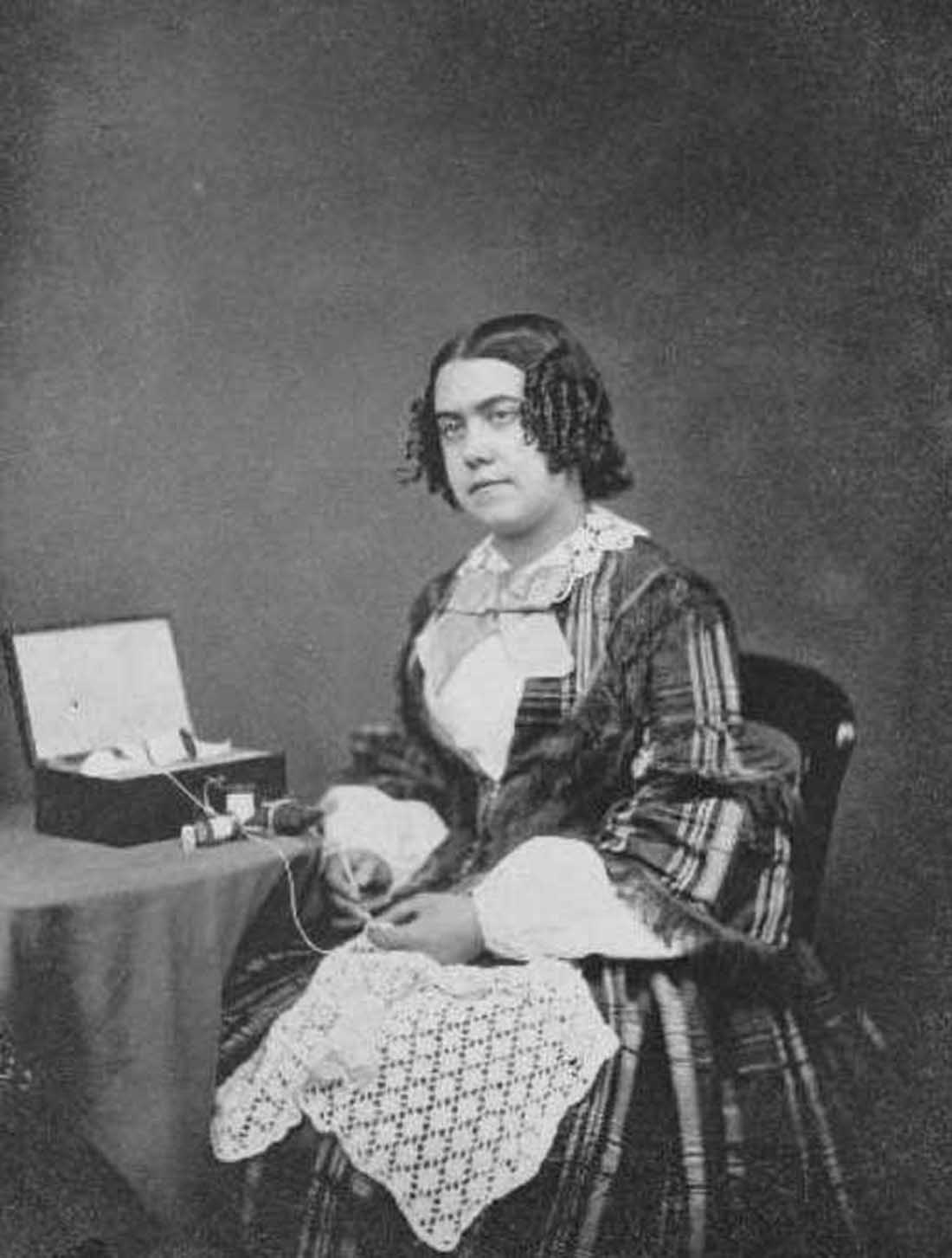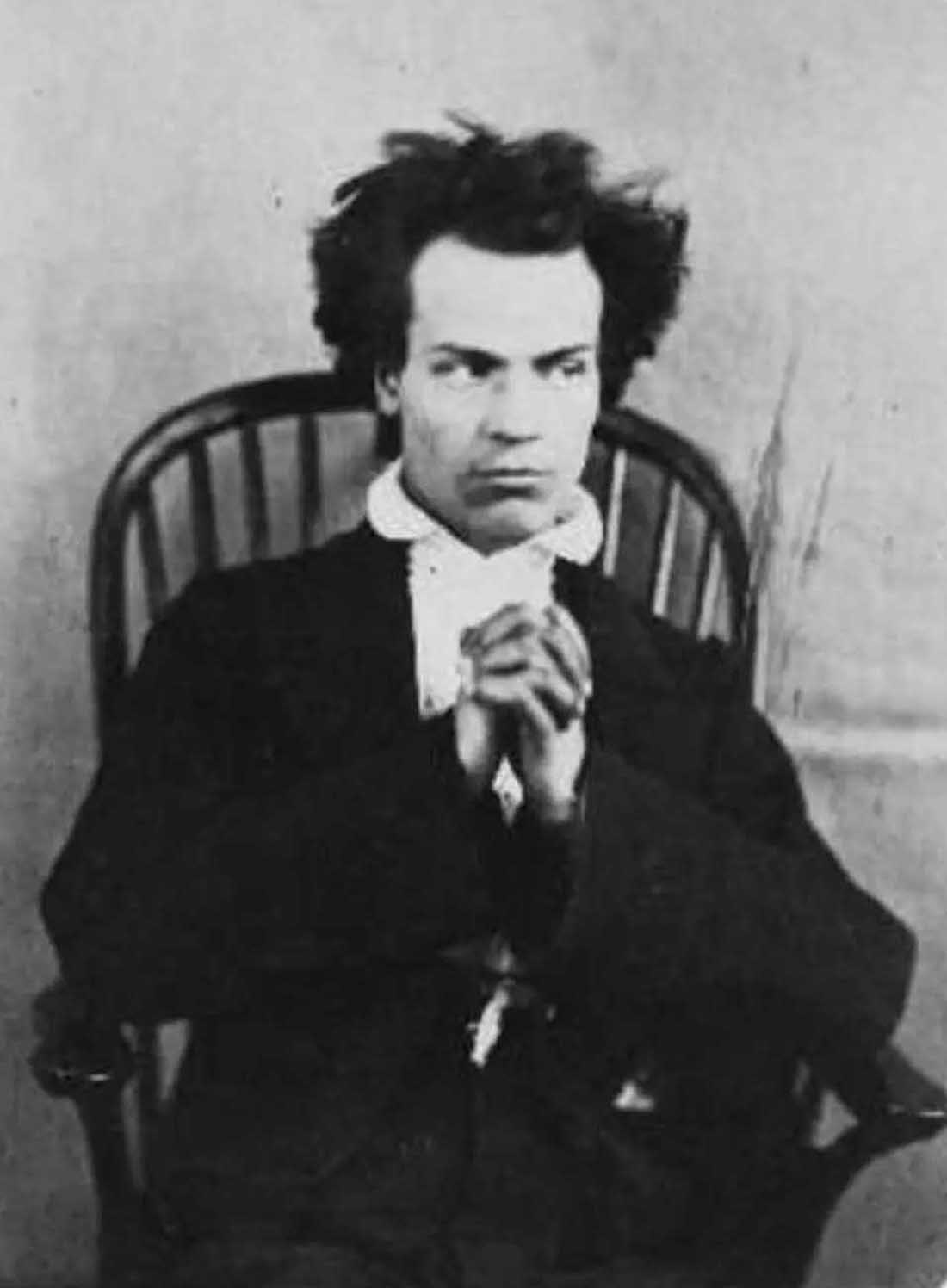Whether this rise was mainly due to an increase in psychotic illness or to a decrease in tolerance of the mentally ill in the community is unclear. Many patients were admitted under the Poor Law and Lunacy Acts. The Lunacy Act of 1845 was an important landmark in the treatment of the mentally ill, as it explicitly changed the status of mentally ill people to patients who required treatment. The act meant that counties were legally obliged to provide asylum for people with mental deficiencies. All asylums were required to have written regulations and to have a resident qualified physician. The mental asylum was the historical equivalent of the modern psychiatric hospital. The word asylum came from the earliest (religious) institutions which provided asylum in the sense of refuge to the mentally ill. Before asylums, people with mental illness or learning disabilities were cared for almost entirely by their families. Before being admitted in the asylums of the 1860s, detailed information about the patient was also required. This included: name of the patient; sex and age; married, single or widowed; condition of life and previous occupation; religious persuasion; whether this was their first attack; age at the time of the first attack; duration of existing attack; supposed cause; whether the patient was subject to epilepsy; whether they were suicidal or dangerous to others. Once admitted, there was no procedure for the patient to appeal against detention. They could, however, be discharged on the application of a relative or friend, as long as they confirmed that they would take proper care of the patient and prevent them from injuring themselves or others Despite the good intentions of the 1853 Act, it appears there was still plenty of scope to abuse the system. Unfortunately, for many, asylums were regarded as prisons disguised as hospitals. It was a convenient way to remove the poor and incurable from society and for those with money, private madhouses were often convenient dumping grounds for unwanted wives. Although many patients were admitted for short periods of time, there are plenty of stories of patients who were admitted to asylums, often for very unsatisfactory reasons, and basically forgotten about. Some could spend twenty or more years locked away, and sadly some patients died without ever being released. Reasons for admission were very much down to personal judgment and seem to have been heavily weighted against women. Indeed there were often many more women compared with men confined in these institutions. Depression associated with various situations seems to be a common reason for women being admitted to an asylum. Examples include valid reasons such as ‘death of sons in war’, ‘desertion or death of husbands’ and ‘domestic trouble’. Many other reasons, however, are much more spurious. For example, ‘imaginary female trouble’, ‘immoral life’ (often associated with carrying or delivering an illegitimate child), ‘menstrual problems’, ‘the menopause’, ‘uterine problems’, ‘female disease’ and ‘nymphomania’. ‘Hysteria’ is also cited as a reason for admission. This is, however, a subjective assessment and one that was easily abused. Women at the time were expected to be demure, polite, and agreeable to the men in their lives. Should a woman dare to speak out of turn or argue with her father or husband, however, she could be considered hysterical and in need of treatment. Equally worrying was that women were admitted if they had ‘over action of the mind’. This could be because they wanted to educate themselves, or for some, it may have been as simple as wanting to read. For example, ‘book reading’ is listed as a reason for admission to the Trans-Allegheny Lunatic Asylum. By the end of the 19th century, national systems of regulated asylums for the mentally ill had been established in most industrialized countries. At the turn of the century, Britain and France combined had only a few hundred people in asylums, but by the end of the century, this number had risen to the hundreds of thousands. The United States housed 150,000 patients in mental hospitals by 1904. Germany housed more than 400 public and private sector asylums. These asylums were critical to the evolution of psychiatry as they provided places of practice throughout the world. However, the hope that mental illness could be ameliorated through treatment during the mid-19th century was disappointed. Instead, psychiatrists were pressured by an ever-increasing patient population. The average number of patients in asylums in the United States jumped 927%. Numbers were similar in Britain and Germany. Overcrowding was rampant in France, where asylums would commonly take in double their maximum capacity. Increases in asylum populations may have been a result of the transfer of care from families and poorhouses, but the specific reasons as to why the increase occurred are still debated today. No matter the cause, the pressure on asylums from the increase was taking its toll on the asylums and psychiatry as a specialty. Asylums were once again turning into custodial institutions and the reputation of psychiatry in the medical world had hit an extreme low. (Photo credit: Wellcome Foundation via Europeana / Wikimedia Commons). Notify me of new posts by email.
Δ Subscribe


